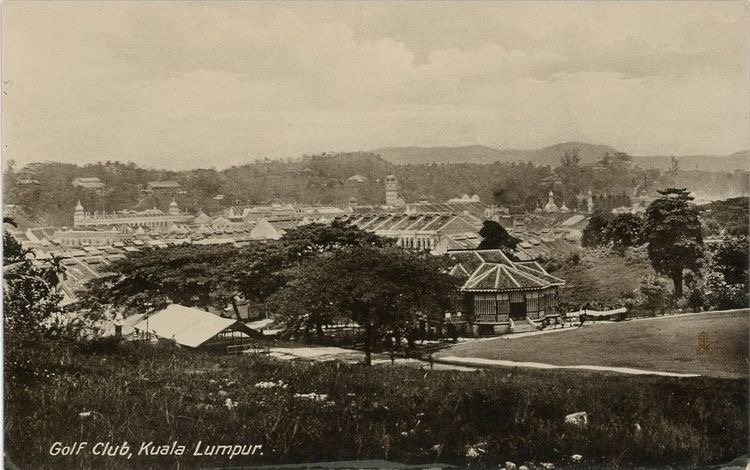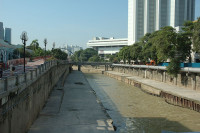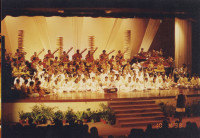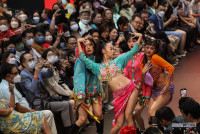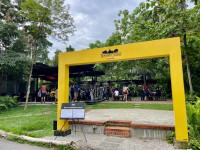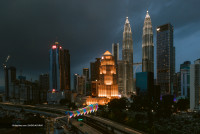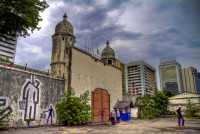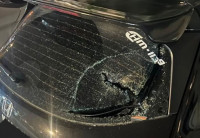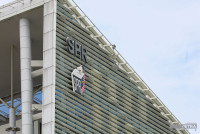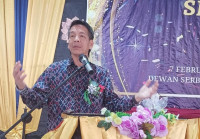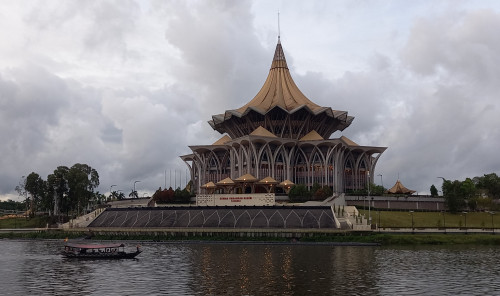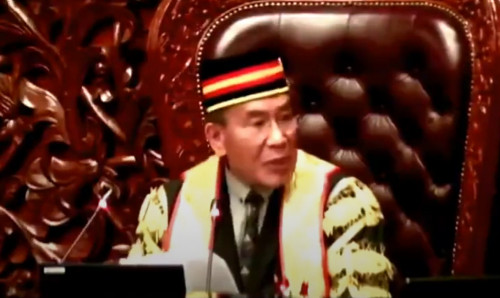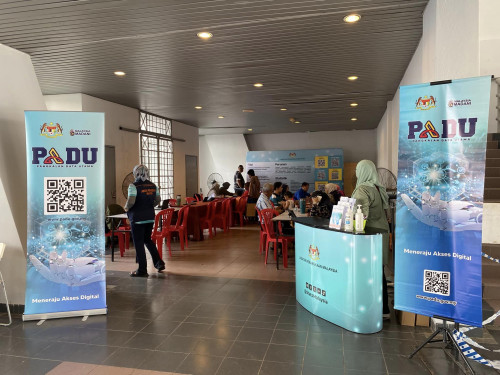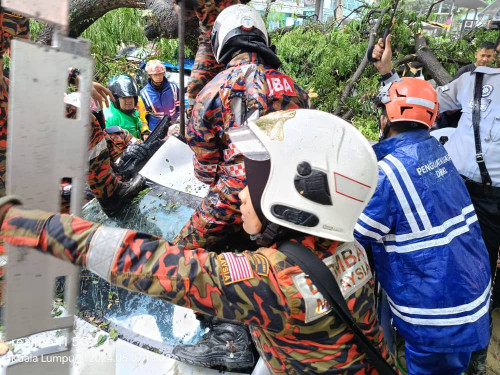PETALING Hill is home to iconic stadiums, renowned educational institutions overlooking many establishments – some more thriving than others – on Jalan Maharajalela (Birch Road), Jalan Hang Tuah (Shaw Road) and Jalan Hang Jebat (Davidson Road) and of course, Petaling Street.
It is part of the contrasting greenery and concrete skyline setting that makes up Kuala Lumpur’s lush panorama.
For more than a century, this sloping stretch of land has served the communities that have set foot both within and surrounding its border – but much is still not visibly documented about its historic significance.
We only get to understand Petaling Hill’s importance if we were to first dive into the background of momentous landmarks individually, which some are gone and others ever so present until today.
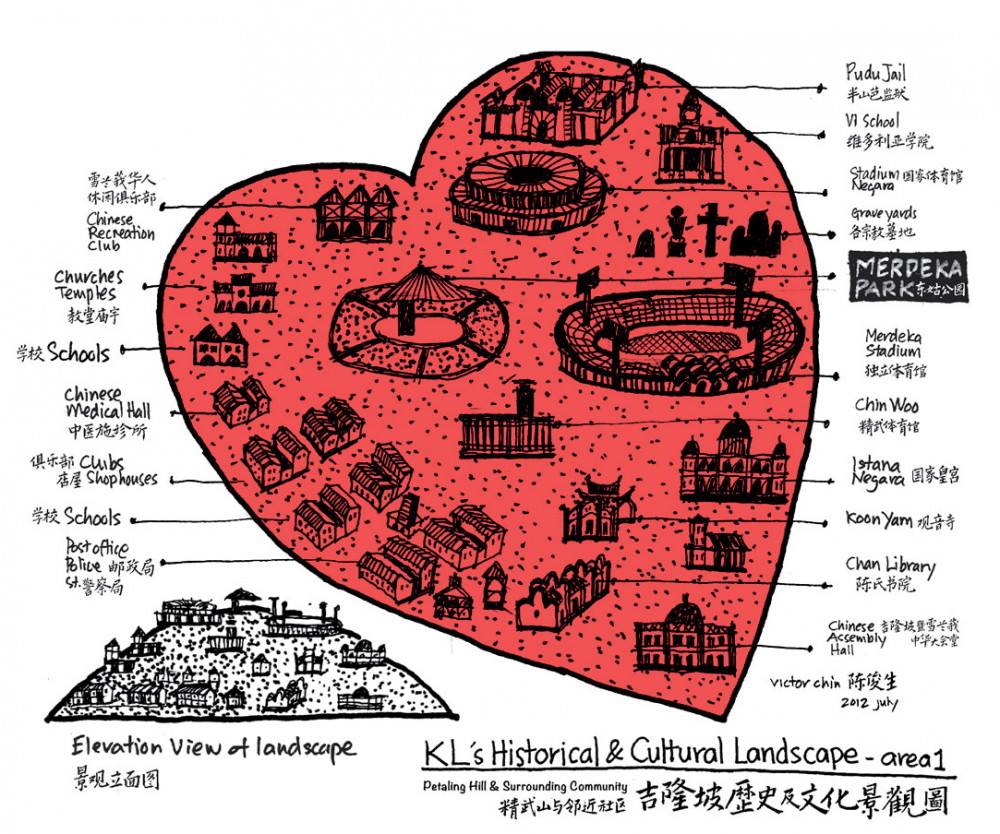
First of all, it is best to be reminded that Kuala Lumpur, unlike other major cities across the nation, is a mecca of social and economic convergence.
Yes, the history of its settlements was factional but each of the traditions is openly enjoyed and celebrated and the claim of the city being a melting pot is not metaphorical at all.
A turn into any corner or a browse through any stretch of a block of shophouses may be able to show you well.
A story to tell…
So, what has Petaling Hill got to do with it?
Let’s go back in time to what our Lens KL research at least was able to uncover about this piece of land many wonder about.
Its earliest recorded function was it being burial grounds for both the Chinese and Malay communities. This was noted in Lai Chee Kien’s book titled ‘Building Merdeka: Independence Architecture in Kuala Lumpur 1957-1966’, published in 2007 by Petronas.
Those then, who lived nearby it, would name it as Yap Hon Chin Hill, a more distinctive branding than the one more commonly known today.
Later in the late 19th century, a clubhouse dedicated to golf aficionados at the time was built in the 1894 near Jalan Sultan. Par for the course was 42.

A difficult search to locate, even through Google, this building consisted of a single storey timber pavilion with changing rooms, stores, and a shed for the horses. But because the clubhouse had only obtained a Temporary Occupation License, the preservation of it was not in effect.
Victoria Institution, which was established in 1893, was moved to Petaling Hill in 1926 from its initial premise at Jalan Tun H S Lee (High Street) after repurposing the use of the land.
At the time, the Methodist Boys’ School Kuala Lumpur (formerly Anglo-Tamil School) was already within the area, just about 500-600 metres away, as it decided to move in the early 1900s after operating at the corner of Batu Road and Java Street.
In 1937, part of Petaling Hill was turned into a public recreation area and was named Coronation Park to honour the late British King George the Sixth.
This is also when the ‘People’s Park’ term was coined as one of the working efforts to fulfil reservation of large areas of landscape in the city. This is seen as an attempt to balance the fast-urbanisation the city had experience back then.
Lai’s book also noted that Petaling Hill experienced further development post World War 2 where the Chin Woo Stadium was then built in the 1950s followed by the construction of Stadium Merdeka, Merdeka Park (now the site of PNB’s Merdeka 118) and Stadium Negara (built in early 1960s).
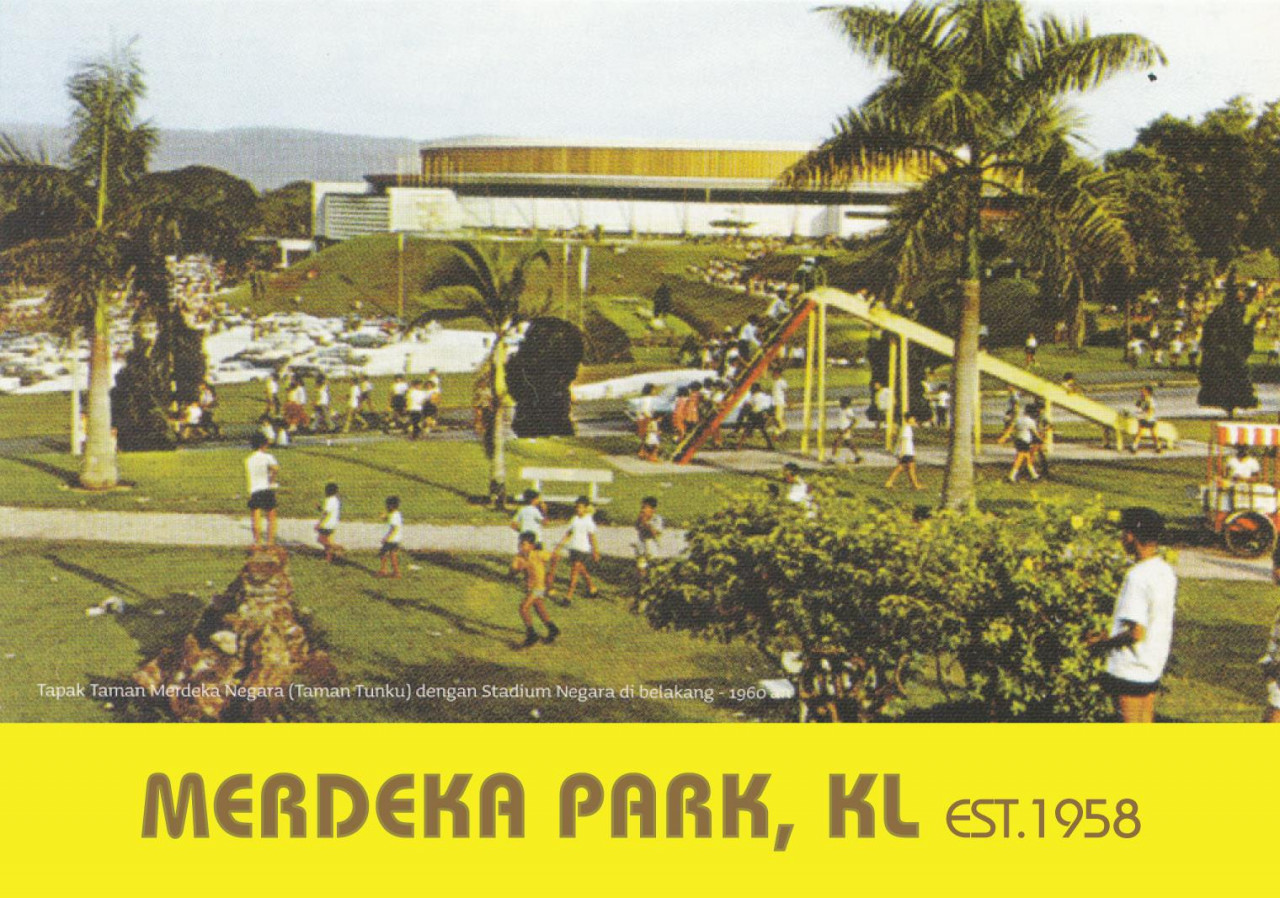
As it was
Although Petaling Hill is not the highest peak in Kuala Lumpur, the area has shouldered significant memories and is still contributing historical narratives for future generations to talk about.
“Just laying down its background, Petaling Hill had all sorts of meaning to all sorts of people,” said Robert Powell, author of ‘New in the Old: Chinatown Kuala Lumpur’ and a professor of architecture during a group interview.
He notes there were a lot of careful considerations being made when writing his latest book together with his co-writers Scarlet Koon and Aw Siew Bee surrounding the sensitivities, both politically and socially, of the area and not finger point.
“Shortly after independence, the late Tunku Abdul Rahman made an emotive statement and commissioned a plan to design a park for all people, of all times, which was Tunku Abdul Rahman Park or Merdeka Park (opened in 1958),” shared Powell.
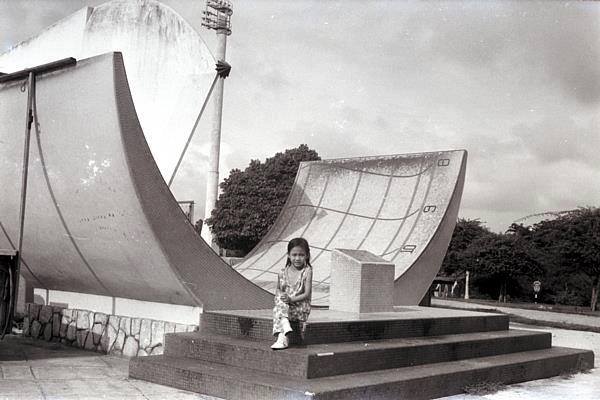
“The park was a very popular public attraction site with the imitation caves and large sundial features. There used to be concerts and school choir performances held at the area, so you can say it served its purpose.”
By this accord, it is naturally understood why there was a whole public outcry, when regulars of the park caught wind of ownership change and potential development plans.
“You have this situation where an area is meant for people for all time then becoming a property of a company or entity, formed to suit the needs of a certain demographic through the new economic policy introduced by Tun Mahathir at the time,” he added.
Koon shared that those who grew up not knowing or having an affinity towards the park, may not have that depth of a connection or regret compared to those who have grown to love the site.
“It is a shame to lose a green park in a city centre, and it should not have been possible, but in this case, what’s lost is [already] lost,” she expressed.
Challenging narratives
Before Merdeka 118, what was Merdeka Park has long been a carpark. Looking at the megalith structure being built today, it’s probably hard to just decide to demolish it as a solution to bring back the loss.
“It’s important to look ahead and learn from it,” said Koon.
“I wouldn't say this is a bane of development but an offshoot of it in general. And there is the saying that when you develop something you must give away something,” added the architecture graduate.
On the responsibility of those behind the current stewardship of a site that holds immense sentimental value among the people, Koon said: “what we know is that there will be an introduction of a linear park, having that space present again for the public and encouraging the dialogue between the new and old is important.”
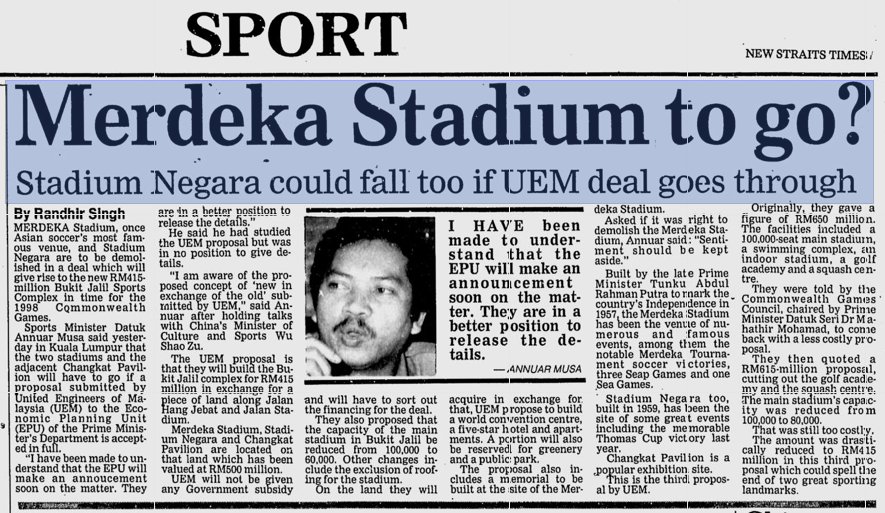
“My feeling is a little different in a sense that cities (or the facade of it) throughout Asia always change with structural layers upon layers visible. For instance, if you go to Rome, you will find exposed bits of a city that was there thousand years ago and new ones built on top, it is what we call an Architectural Palimpsest,” shared Powell.
“It’s sort of rewriting or redacting history based on what a political power at one time wants to do. In a sense that is what has happened and some histories are left not to be known, until discovered. This concerns me a little bit.
“But it is also part of a post-colonial discussion, where globally erasing traces of a colonial past has seen an increase. The easiest example is reflected in the renaming of streets to be more politically acceptable,” he added.
“In a way, it is not so much that we do not appreciate our history, but the erosion of said history happened decades ago at a time when Malaysia was [not] mature enough to understand [preservation and conservation] well, as compared to today,” noted Siew Bee.
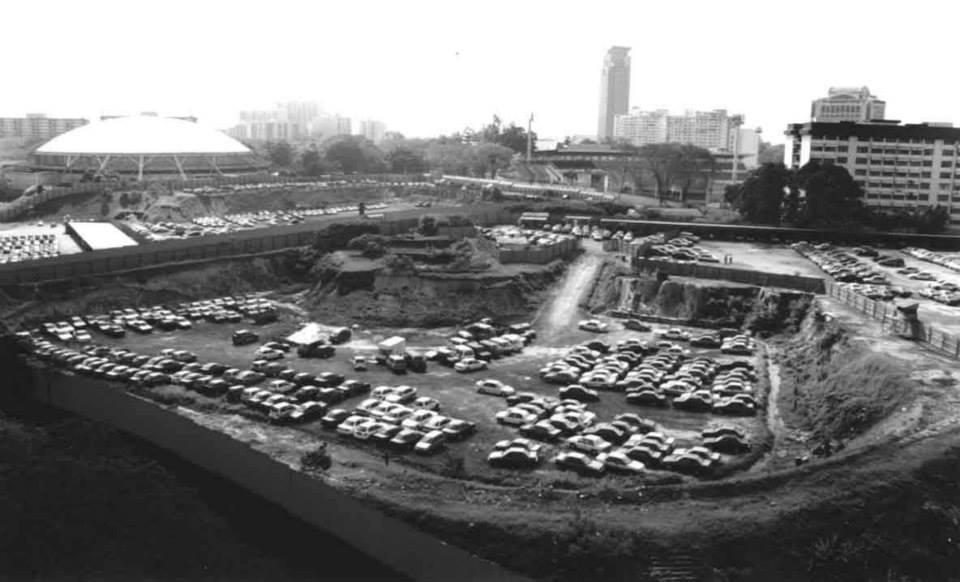
“If history has not taught us something, it’s that what new development there is now, will not be new forever,” noted Siew Bee.
“For all you know our or the next generation would make memories and then it will become a piece of history.
“As a location of interest, I do not think Petaling Hill will disappear. And regardless of time, it is very strategic whether you are looking at it from a social or economic view. The purpose may change according to the times, but the interest will not fade.
“Good or bad is determined by hindsight, and in the case of ‘New in the Old’ in the area, we can just wait and see, to be honest,” chimed in Koon.
“The bulk of the book highlights places that are being revived and restored, and most of it is at the base of Petaling hill, which focuses on Chinatown.
“I think what we are trying to capture is the shared history that is valuable for the community." – The Vibes, May 15, 2022



